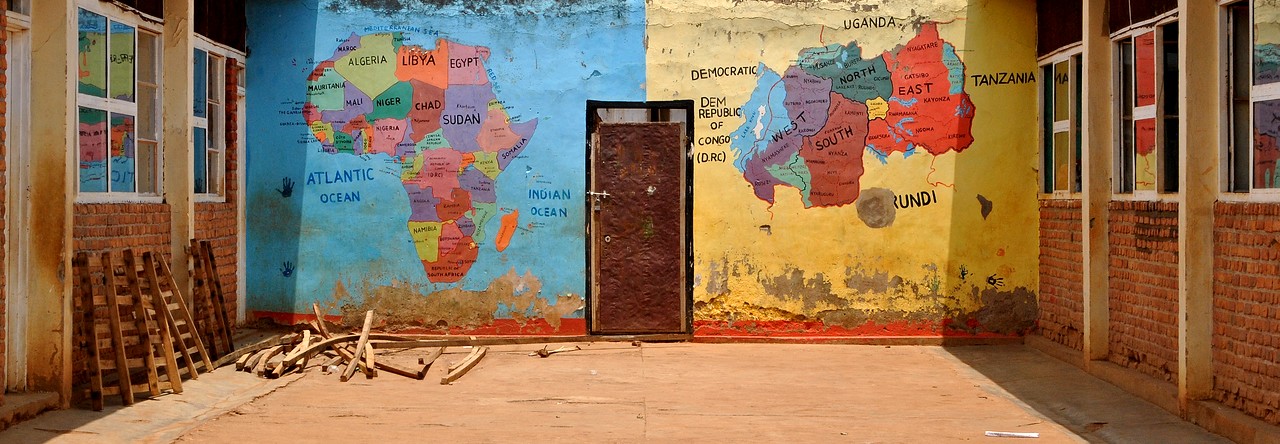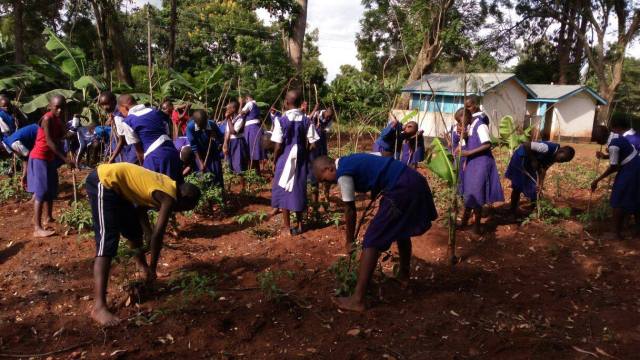
— By Cecil from Kenya
The 2007-2008 post-election violence that Kenya experienced was all due to ignorance, ignorance of the fact that we were, as citizens, just but pawns in the politicians’ game of chess. They manipulated our feelings, incited our animosity and fanned the flames of hatred that were drawn along ethnic lines.
In Kenya, there are around 43 tribes. What richness in diversity! However, with time, this diversity has morphed into negative tribalism where each tribe seeks to have the larger piece of the national cake.
In 2007, during our national elections, there was the resounding hope that the government would leave power. I remember that our entire extended family had camped at our house for three days as we awaited the results that we hoped would favor the opposition. Funnily enough, with the surety that those we supported would win, we bought a music system ready to welcome the results with celebration. When the results were contrary to our expectations, we were entirely gob-smacked. We felt like we needed to do something, but what?
As people went out on the streets to contest the results, an undesired president was sworn-in in the dark of the night as a ploy to ensure that the citizens would have to accept the outcome. Indeed it was justified that we as citizens, the people with the say, were angry and rather disappointed that in a ‘democratic’ nation, our views were still swept under the carpet in such a condescending manner. It was as if the elections were just a formality with a predetermined winner. It was as if we were automatons ordered to execute whatever our ‘owners’ instructed. However, the line was crossed when politicians who felt duped used their supporters to perpetrate crimes that bordered, or even were, crimes of madness.
Some politicians, from their podiums, were and are still heard echoing statements such as, “Use machetes on those who are against us”. Such statements fueled cruelties that range from the murder of over 50 unarmed Kikuyu women and children, some as young as a month old, by locking them in a church and burning them alive in Kiambaa village near Eldoret, to the cold blooded shooting of civilians who were protesting in the slums of Nairobi. Tribalism continued to peel off its mask and reveal itself in its rawest form when women were raped and their husbands killed in the Rift Valley regions, when looters broke into stores and made away with whatever valuables they found in deserted cities, and when the displacement of people occurred all throughout the country.
Schools were closed, workplaces shut-down, and most other Kenyans, including myself, were locked in their homes, in fear of stepping out to an embroiled and volatile environment. Life was indeed brought to a standstill! However, if we, as Kenyans, knew our worth, and realized that we could express ourselves in other ways apart from violence, we would not have caused the death, displacement, and heartbreak of many. We should realize that politicians could potentially use us as tools, but the line should be drawn when they want to use us as tools for evil.
The anticipation surrounding this year’s election is palpable. It seems to be a two horse race between, Raila Odinga and Uhuru Kenyatta, who are the children of the founding fathers of the nation. Their rivalry dates back to when their fathers, Jomo Kenyatta and Oginga Odinga, had differences on how power would be shared right after independence in 1963. Thereafter, Jomo became president and Oginga the leader of opposition. Seeing that the two were from the different Dholuo and Agikuyu communities, the ‘vendetta’ seems to have transcended generations and is at full swing once again this year. The unease in the air can be felt by all, as each of these and other language groups prepare to take their place on the political table, and if possible, snatch the highest seat. There is also the fear that what happened in 2007 will happen again. The Independent Electoral and Boundaries Commission promises a free and fair election with the incorporation of digital voting, which we really do want. However, this time, if rigging occurs once again, we shouldn’t be used by politicians to accomplish their own self-centered desires, but in a spirit love, we should draw together as a nation and speak up for what we believe in….WITHOUT VIOLENCE.












 With agriculture being a common mean of livelihood in the area, the head teacher, who also doubled up as the patron of the club, decided to train the older students on how to farm, with the aim of introducing a school feeding program for the rest of the school population. The club started with about 20 young people aged between 10 and 13 years old. They began by growing vegetables, mostly for school lunches, to ensure that the students would get at least one meal per day.
With agriculture being a common mean of livelihood in the area, the head teacher, who also doubled up as the patron of the club, decided to train the older students on how to farm, with the aim of introducing a school feeding program for the rest of the school population. The club started with about 20 young people aged between 10 and 13 years old. They began by growing vegetables, mostly for school lunches, to ensure that the students would get at least one meal per day.
